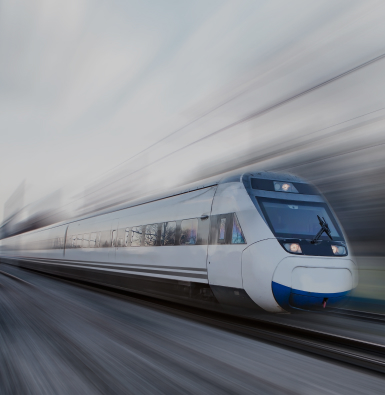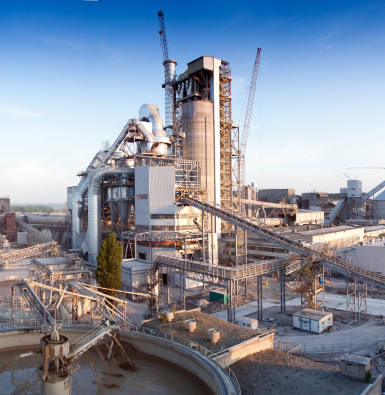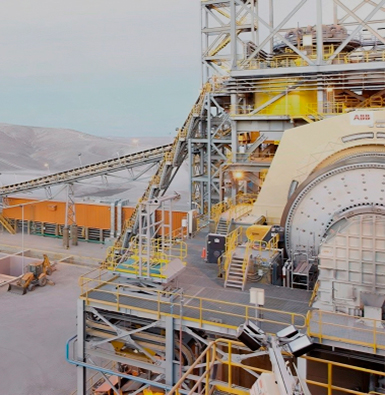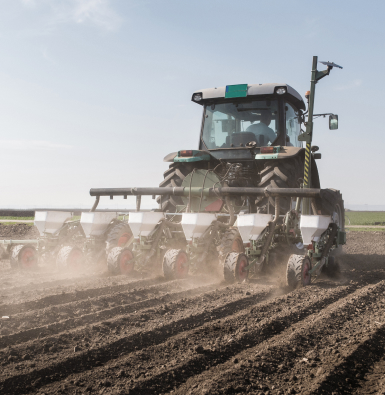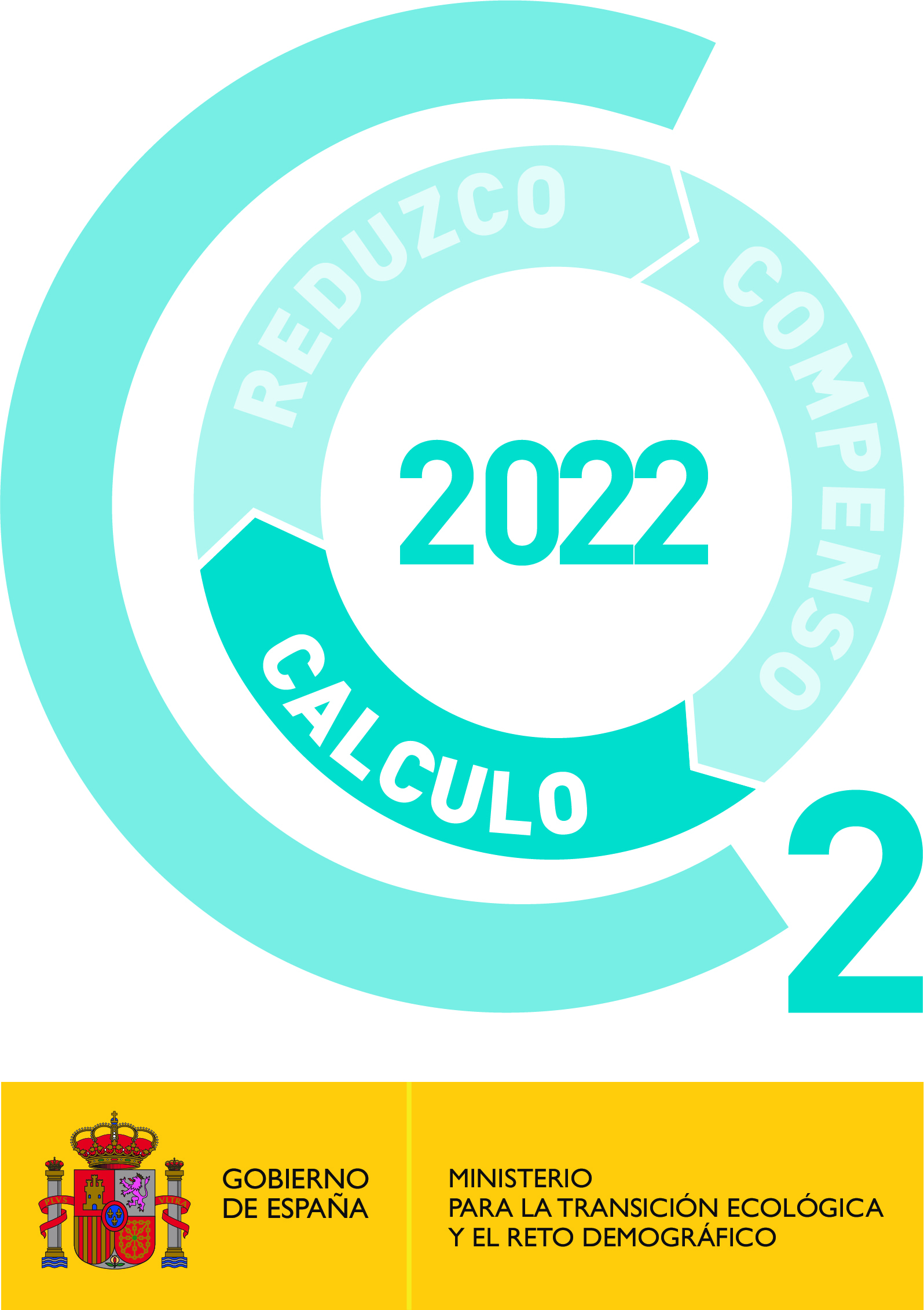BUSINESS UNITS
SERVING THE MOST DEMANDING SECTORS
Railway 
We supply raw cast and machined parts according to drawings for the main manufacturers in the sector, for both trains and infrastructures.
Cement 
Since its inception, ESTANDA has had an important presence in the cement sector, becoming a prestigious international benchmark in the supply of cast parts for different phases of the cement manufacturing process.
Mining 
We supply parts in a specific range of steels and alloys, designed for the demanding working and wear conditions in the processes of crushing and grinding minerals.
Heavy vehicles 
Manufacture of raw cast and machined parts for manufacturers of commercial and heavy vehicles, construction and public works machinery , etc.


